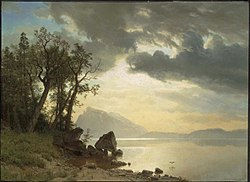Beware the Witching Hour
- Cheryl Anne Stapp

- Oct 30, 2019
- 1 min read

As legend tells us, All Hallows Eve is the night when spirits of the dead haunt the homes and neighborhoods they knew when they were alive, and need to be appeased lest they do some harm. As they have done since the Middle Ages in Europe, children in costume roam door to door saying “Trick or Treat,” asking for candy. The “trick” is an idle threat to perform mischief if the homeowner fails to deliver the treat. The custom of Trick-or-Treating possibly evolved from a centuries-old Celtic festival to mark the beginning of winter, when superstitious people impersonated the spirits—the souls of the dead—and received offerings on their behalf as a type of protection. In the United States, the migration of nearly 2 million Irish during 1845-1849 first brought the custom to America. From 1849 forward, Irishmen by the thousands came to California for the Gold Rush, although the traditions of adult legend-telling and children’s games on All Hallows Eve probably took a back seat to other considerations in those years, and almanacs of the period make no mention of Halloween in their lists of holidays until later in the 19th century.




Comments